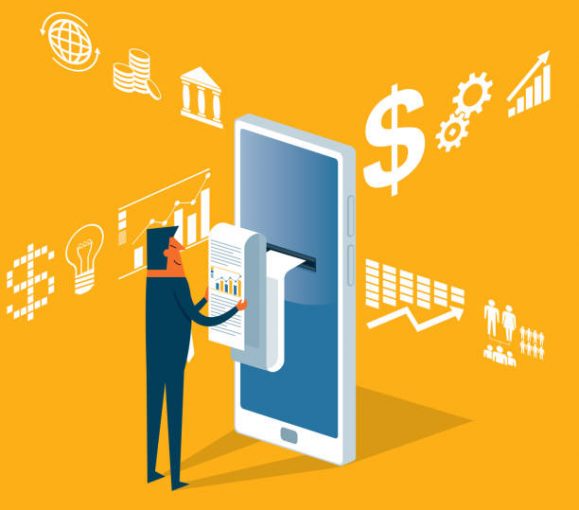4 Tips for a High-Conversion Checkout Page
If you want your e-commerce store to be as profitable as possible, you need to make sure that your conversion rates are high. However, while many digital storefronts will focus on tactics like improving photo quality or offering discounts, many of them will ignore the most crucial element: the checkout.
Even for major online retailers, shopping cart abandonment is a real problem. All too often, customers will put products into the cart, only to leave the page, never to return. This practice can be particularly frustrating since it seems like all is going well until it happens.
So, with that in mind, we’re going to give you four top tips for improving your checkout conversion rate. Don’t let cart abandonment eat into your profits – be proactive about it instead.
1. Shorten the Checkout Process
When customers were asked why they abandon their shopping carts, the top answers provided some real insight into this phenomenon. For 21 percent of shoppers, the biggest problem was that the checkout process took too long.
Unfortunately, online shopping is relatively complicated, and there’s not much you can do about it. First-time users will have to enter a slew of information, including payment method, shipping address, billing address, and email. Each of these steps can slow everything down, which can lead to abandonment.
Here are a few suggestions about how to streamline it.
- Fit Everything Onto One Page – while this tactic may not always work, it’s worth trying. Typically, users are much more likely to scroll down a long page instead of clicking through multiple pages to get to the end.
- Show Progress – if you have multiple pages, show customers where they are so that they can plan accordingly.
- Use Google Autofill – chances are that most of your customers use Google, so let the search engine fill in most of their contact details for them.
Overall, focus on making your checkout as efficient as possible. The more fields that a customer has to enter, the more likely he or she will leave before finalizing a purchase.
2. Offer Free Shipping
More than anything, unexpected costs were the number one reason that consumers gave for cart abandonment. It’s easy to see why – if a customer is presented with hidden charges or fees, it can sour the whole experience.
Shipping costs are one of the most ubiquitous fees in online shopping, and they can often be enough to give users pause. Even if the amount is relatively small (i.e., $3.99), the added expense might lead to abandonment.
So, as you can imagine, offering free shipping is a simple way to alleviate this problem. Ideally, you will have order minimums to ensure that you don’t lose money in the process. Also, you can tie free shipping to a specific time period (i.e., order in the next two hours) to spur action and close the sale.
3. Don’t Highlight the Price
Humans are kind of bizarre when it comes to money. Some shoppers will squeeze every penny as if their lives depend on it, while others can buy indiscriminately without thinking. When it comes to prices, psychology has a lot of influence.
For example, showing off big, bold prices can make people acutely aware of how much they’re spending. In most cases, by reminding a shopper of the price, it can cause them to think twice before purchasing.
Another oddity is that the size of the price affects a user’s perception. Smaller numbers make it seem less significant, while bigger numbers indicate a higher cost (even if the price is lower).
Finally, by removing the dollar signs, the cost of an item seems more intangible, which can make shoppers more likely to buy.
Overall, experiment with different variations on your prices. Make them smaller, take away currency signs, and make them blend into the background. It might seem like you’re trying to hide the cost, but it can have a profound effect.
4. Change the Language of Your Checkout
Just as numbers can influence consumers, they can also be swayed by the right text. Your checkout is full of information and buttons, which can seem confusing to many users. Instead, you want to experiment with a variety of options to find which ones lead to a higher conversion rate. Here are a few examples.
- Remove Ambiguity – rather than using terms like “continue,” “apply,” or “proceed,” be more specific. Continue to billing, apply discount, or proceed to the shipping address are much better because they eliminate ambiguity.
- Highlight Benefits – use language to illustrate items that may not be obvious. Examples can include “we’ll cover shipping costs” or “we’ll email you a receipt.” This extra attention to detail can have a considerable impact.
- Remove Friction – if you require new users to register an account, this can lead to cart abandonment fast. Instead, make the registration process more streamlined and tie it into the checkout. This way, it’s a seamless transition and doesn’t create friction.
Bottom Line: Keep it Simple
Overall, by testing and evaluating each part of your checkout process, you can remove obstacles and make the experience much more rewarding. Analyze each component by running A/B tests to see what converts the most. By the end, you could be looking at substantially higher profits.
You might also like this post:

